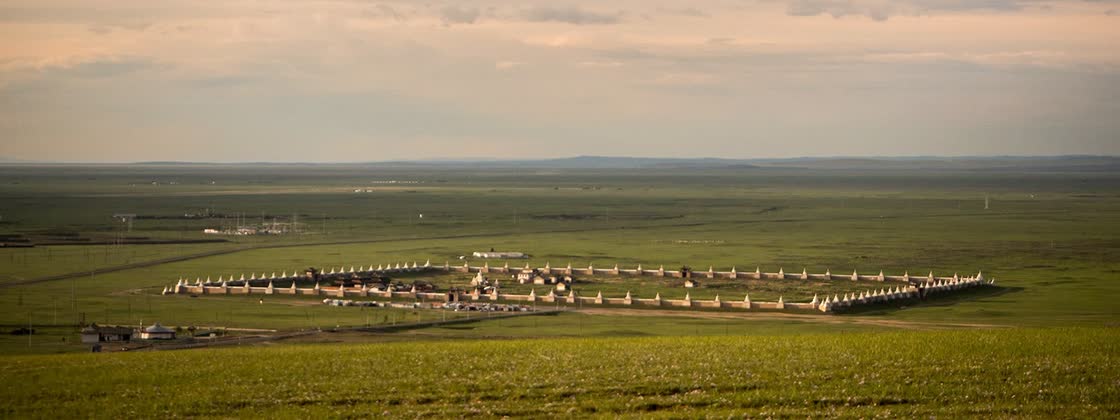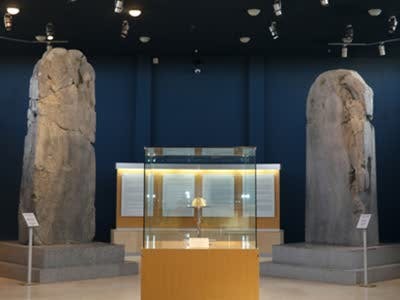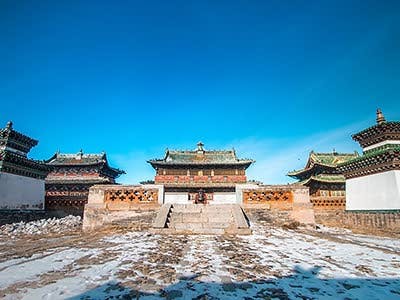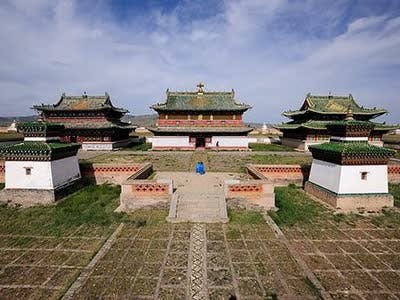Kharkhorin or Karakorum city
ABOUT KHARKHORIN OR KARAKORUM CITY
Kharkhorin, also known as Karakorum, is a historic city located in the Orkhon Valley of central Mongolia. It holds great historical and cultural significance as it was once the capital of the Mongol Empire during the 13th century. Here are some key features and highlights of Kharkhorin:

- Historical Importance: Kharkhorin was established as the capital city of the Mongol Empire in 1220 by Genghis Khan's son, Ögedei Khan. It served as the political, economic, and cultural center of the empire for several decades. The city played a crucial role in the Mongol Empire's expansion and administration, and it was a hub of trade and diplomatic activities.
- Erdene Zuu Monastery: One of the main attractions in Kharkhorin is the Erdene Zuu Monastery. Built in the 16th century, it is one of the oldest and most important monasteries in Mongolia. The monastery complex features impressive walls with 108 stupas and several temples housing Buddhist artifacts, murals, and statues. It offers insights into Mongolia's religious heritage and is a place of worship and pilgrimage for Buddhists.
- Museum of Kharkhorin: The Museum of Kharkhorin provides visitors with a glimpse into the city's rich history. It exhibits archaeological artifacts, historical objects, and artworks that depict the Mongol Empire's rise and fall. The museum offers a deeper understanding of the city's significance and the impact of the Mongol Empire on world history.
- Ancient Ruins and Archaeological Sites: Kharkhorin is surrounded by archaeological sites and ancient ruins that reflect its past grandeur. The ruins of the ancient capital city include the remnants of palace walls, temples, and other structures. Visitors can explore these sites and imagine the glory of the once-thriving city.
- Orkhon Valley: Kharkhorin is located in the beautiful Orkhon Valley, a UNESCO World Heritage Site. The valley is known for its stunning landscapes, including grassy steppes, meandering rivers, and rocky hills. It offers opportunities for hiking, horseback riding, and camping amidst the picturesque scenery.
- Nomadic Culture and Ger Camps: Kharkhorin provides a chance to experience Mongolia's nomadic culture. Visitors can stay in traditional Mongolian gers (yurts) in ger camps and learn about nomadic life, herding practices, and traditional customs. It's an opportunity to interact with local nomadic families, taste traditional Mongolian cuisine, and participate in activities like horse riding and milking livestock.
- Tovkhon Monastery: Located about 60 kilometers from Kharkhorin, Tovkhon Monastery is another notable attraction. Perched on the rocky slopes of the Khangai Mountains, this monastery holds religious and historical significance. It offers panoramic views of the surrounding landscapes and provides a serene and spiritual atmosphere.
Kharkhorin, with its historical heritage, cultural richness, and scenic surroundings, is a destination that offers a glimpse into Mongolia's glorious past and traditional way of life. It combines history, archaeology, spirituality, and natural beauty, making it a must-visit place for travelers interested in Mongolian history and culture.
RELATED DESTINATIONS
Khushuu Tsaidam is an important historical site in Mongolia, known for its collection of ancient stone monuments and rock engravings. Located in the Khushuu Tsaidam area in the Arkhangai province, it is a significant cultural and archaeological site.
Kharkhorin, also known as Karakorum, is a historic city located in the Orkhon Valley of central Mongolia. It holds great historical and cultural significance as it was once the capital of the Mongol Empire during the 13th century.
Erdene Zuu Monastery is one of the most significant and oldest Buddhist monasteries in Mongolia. It is located in Kharkhorin, also known as Karakorum, which was the ancient capital of the Mongol Empire.


